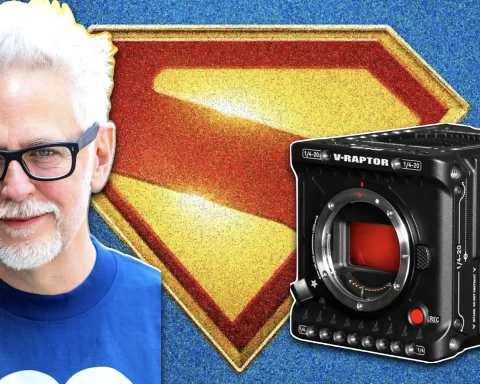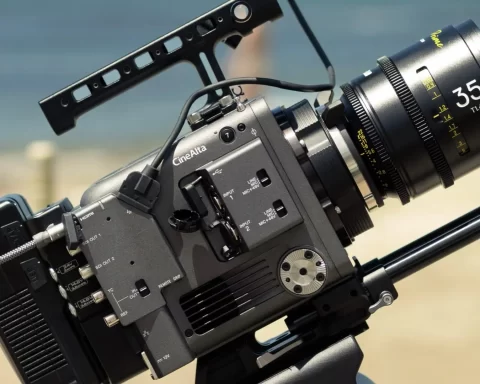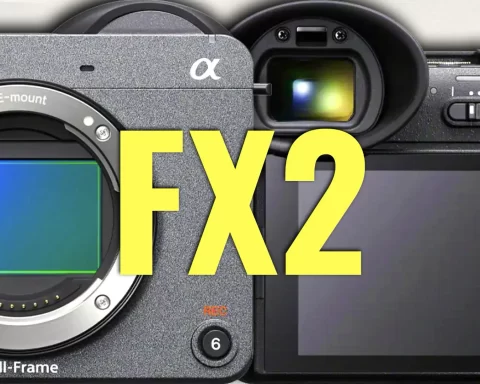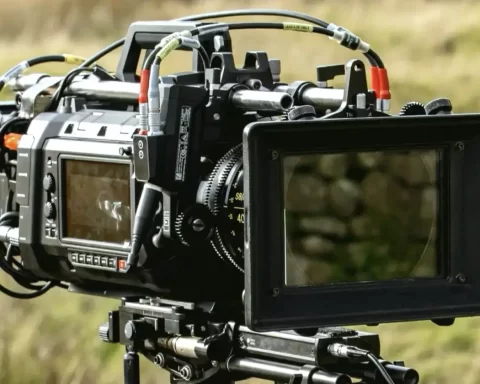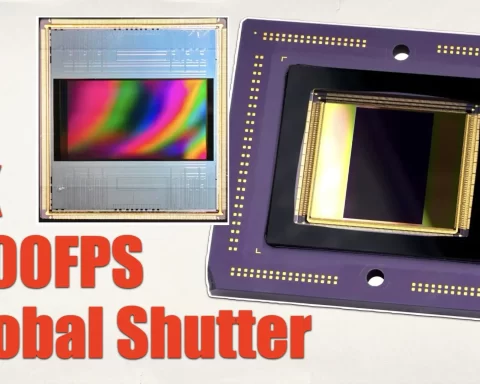The much-anticipated Formula 1 movie directed by Joseph Kosinski continues to generate massive buzz—not only because of its thrilling racing sequences and IMAX-first approach—but also due to the groundbreaking camera technology used to capture the speed and intensity of F1 racing like never before. Now, a brand-new behind-the-scenes (BTS) video posted on Instagram (watch here) offers the most intimate look yet at the mysterious Sony 6K action cinema camera that’s been the subject of speculation across the filmmaking and camera tech enthusiasts. This exclusive BTS footage, unlike previously released content, focuses entirely on these never-before-seen cameras. For the first time, we’re not just seeing them in motion—we’re seeing them up close, rigged inside real F1 cockpits, operated in complex setups, and even explained directly by Kosinski himself.
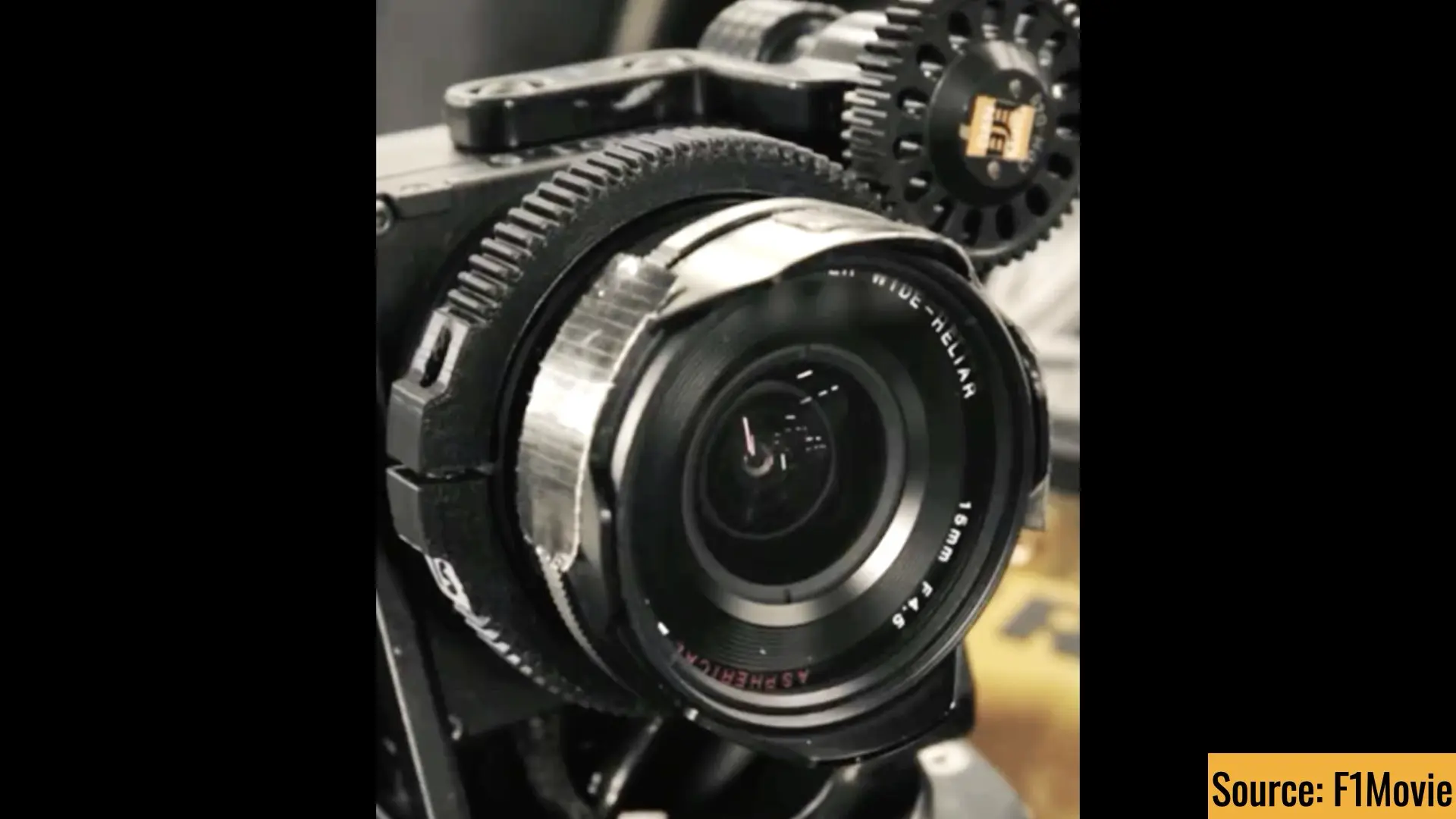
A Camera Born for the Track
The origins of the Sony 6K action camera were first uncovered and analyzed in Y.M.Cinema Magazine’s exclusive initial report back in July 2023. At that time, the camera was still a ghost—unofficial, unannounced, and unnamed. Yet it was already being put through the paces on one of the most technically demanding sets in cinema: the Formula 1 racetrack. This BTS video confirms that this compact 6K beast, co-developed by Sony and the filmmakers, is not just real but a purpose-built device for capturing cinema-quality imagery in extreme environments. It merges action cam size with cinema-level capability.

Four Cameras Inside an F1 Cockpit
One of the most mind-blowing technical feats previously reported was the installation of four 6K cameras inside an actual F1 cockpit. That deep dive was outlined in our article (at the beginning, we thought there were 6 cameras, so forgive us) titled “Four 6K Cinema Cameras Inside a Formula 1 Cockpit: A TGM on Steroids”. What once sounded borderline impossible now becomes entirely tangible, as the new BTS footage reveals how such a multi-cam configuration was executed and why it was essential for Kosinski’s visceral cinematic vision. The video features clear shots of the bespoke rig, installed in the confined cockpit space, capturing the driver’s perspective, the motion of the track, and even the strain in the arms during cornering—all in high-resolution 6K imagery.
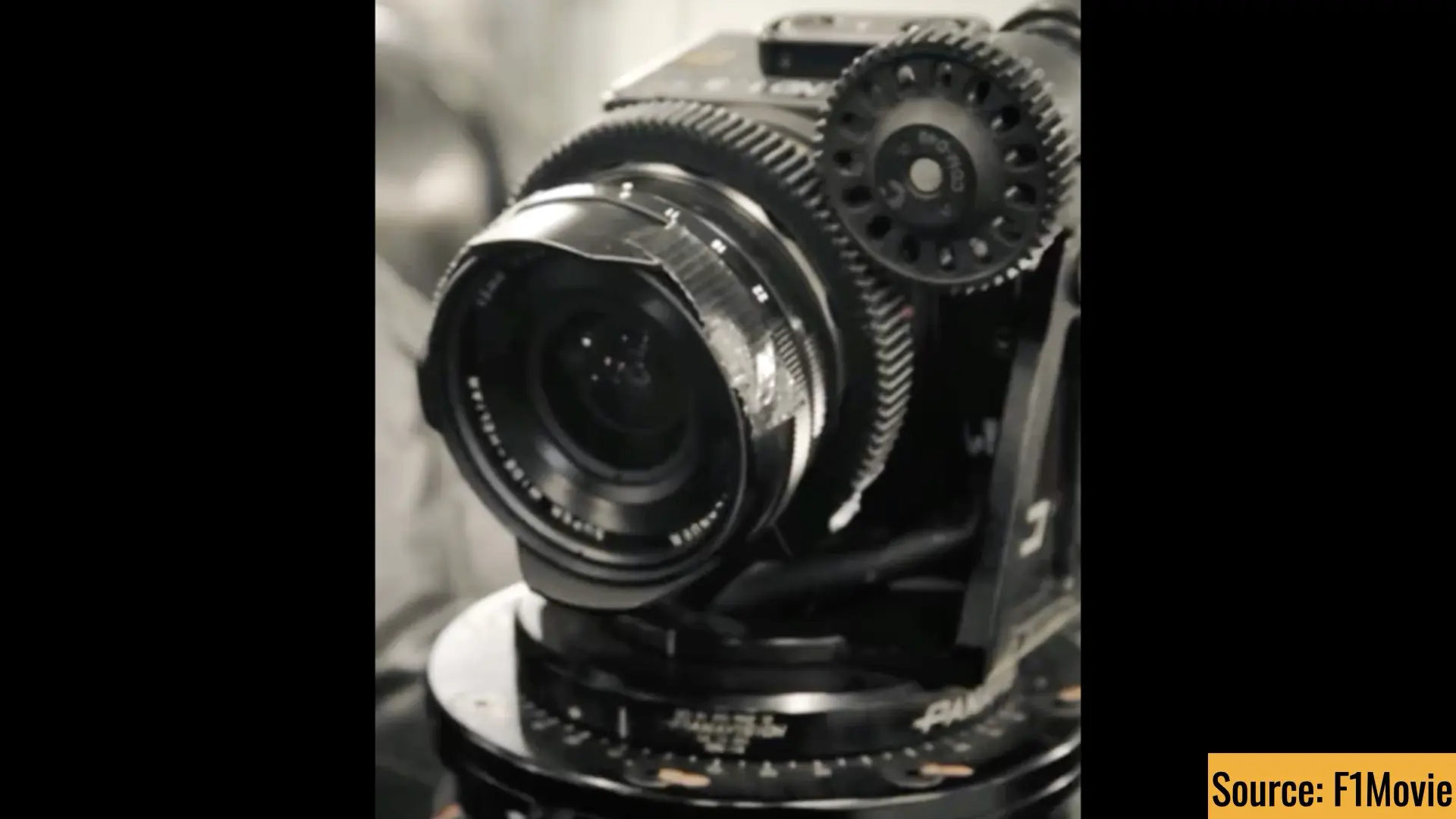
Kosinski’s Vision: From Top Gun to F1
Joseph Kosinski’s ambition with this film has been compared to Top Gun: Maverick—and for good reason. He’s once again pushing the envelope by shooting action practically, with minimal CGI, and placing audiences inside the driver’s seat—literally. As previously reported in “F1 Director: Sony’s Bespoke Cameras Are the Next Generation From What We Did on Top Gun”, Kosinski worked closely with Sony engineers to evolve the tools first introduced in Top Gun into something far more robust, miniaturized, and cinematically potent. In the new BTS video, Kosinski explains how this camera system was custom-built to overcome challenges that even Hollywood’s best gear couldn’t handle. Whether it was extreme g-forces, tight spaces, or the need for IMAX-level quality, this camera delivered.

IMAX Format: The Huge Canvas
The footage confirms that this film is designed for the IMAX canvas, with much of it being shot using custom cameras adapted for the format. As discussed in “IMAX 1.90:1 F1 Trailer Unleashed – Why You Must Experience This Movie on the Huge Canvas”, the decision to shoot for IMAX was not an afterthought. It is a core element of the film’s visual language. This new BTS clip includes sample footage captured by the Sony 6K cam, and when viewed on a large screen, it clearly showcases the impact of shooting for vertical resolution and extreme clarity. Even in fast-paced scenes, the motion is smooth, the details are crisp, and the audience is fully immersed in the race.
Complementing with DJI Ronin 4D
While the Sony camera is the star, the film’s cinematography isn’t limited to a single tool. As covered in “F1 Movie Shot on DJI Ronin 4D”, Kosinski also used DJI’s Ronin 4D system to handle fluid, stabilized ground-level tracking shots. Together, these tools create a hybrid workflow of mobility and resolution, delivering one of the most technically advanced racing films.
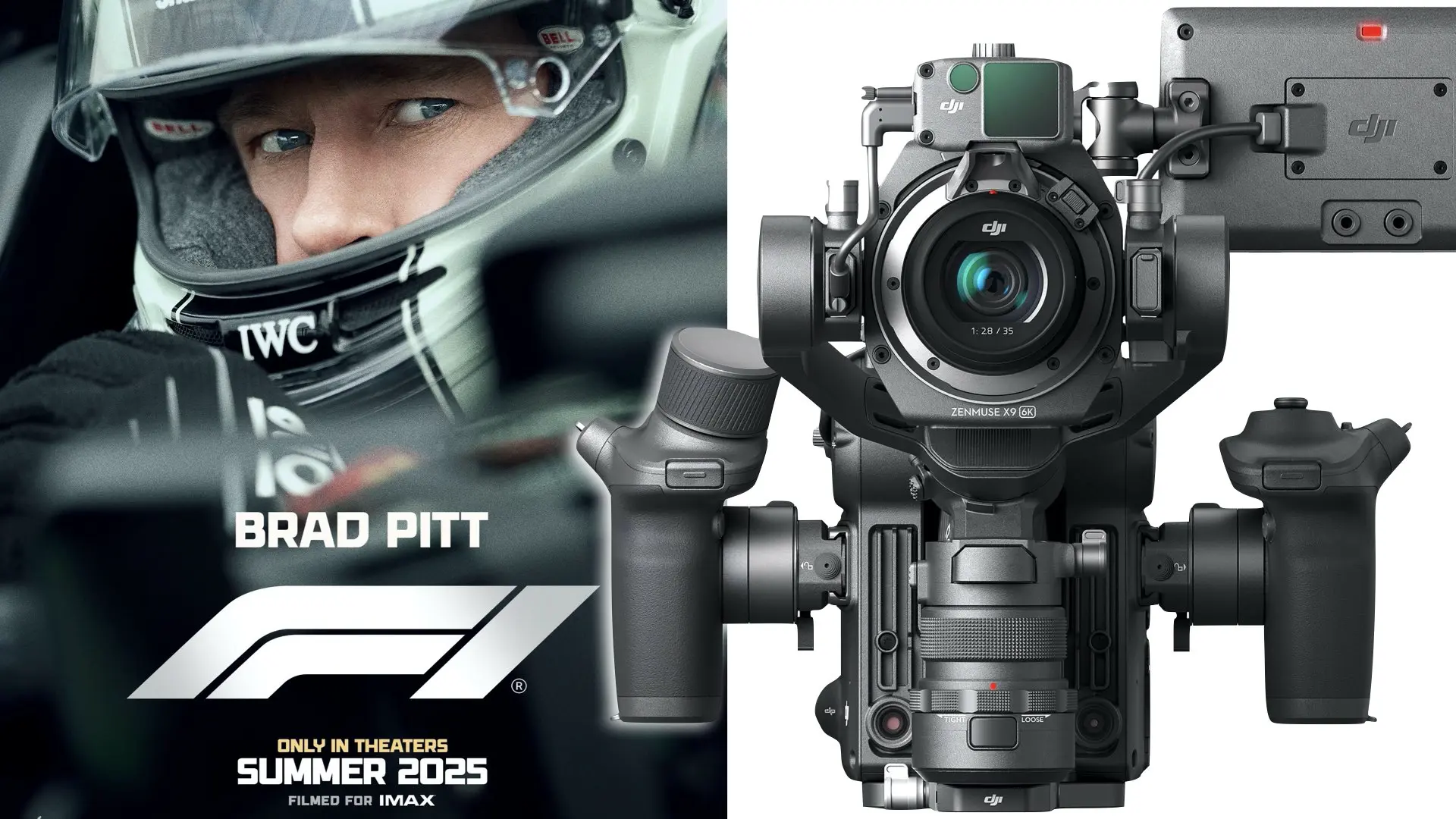
Cinematography Designed for Speed
In a previous overview titled “Behind the Scenes: The Cutting-Edge Cinematography of the Upcoming F1 Movie”, we noted the incredible coordination between camera departments, race teams, and VFX teams. This latest BTS clip affirms that observation, showing just how synchronized and integrated this filmmaking approach truly is. If you’ve been closely watching the promo materials, you may remember that the first teaser gave us a few crumbs—some fleeting glimpses of the Sony 6K camera in action. However, this new BTS reel is the first comprehensive look, with high-res imagery, context, and explanation straight from the filmmakers.
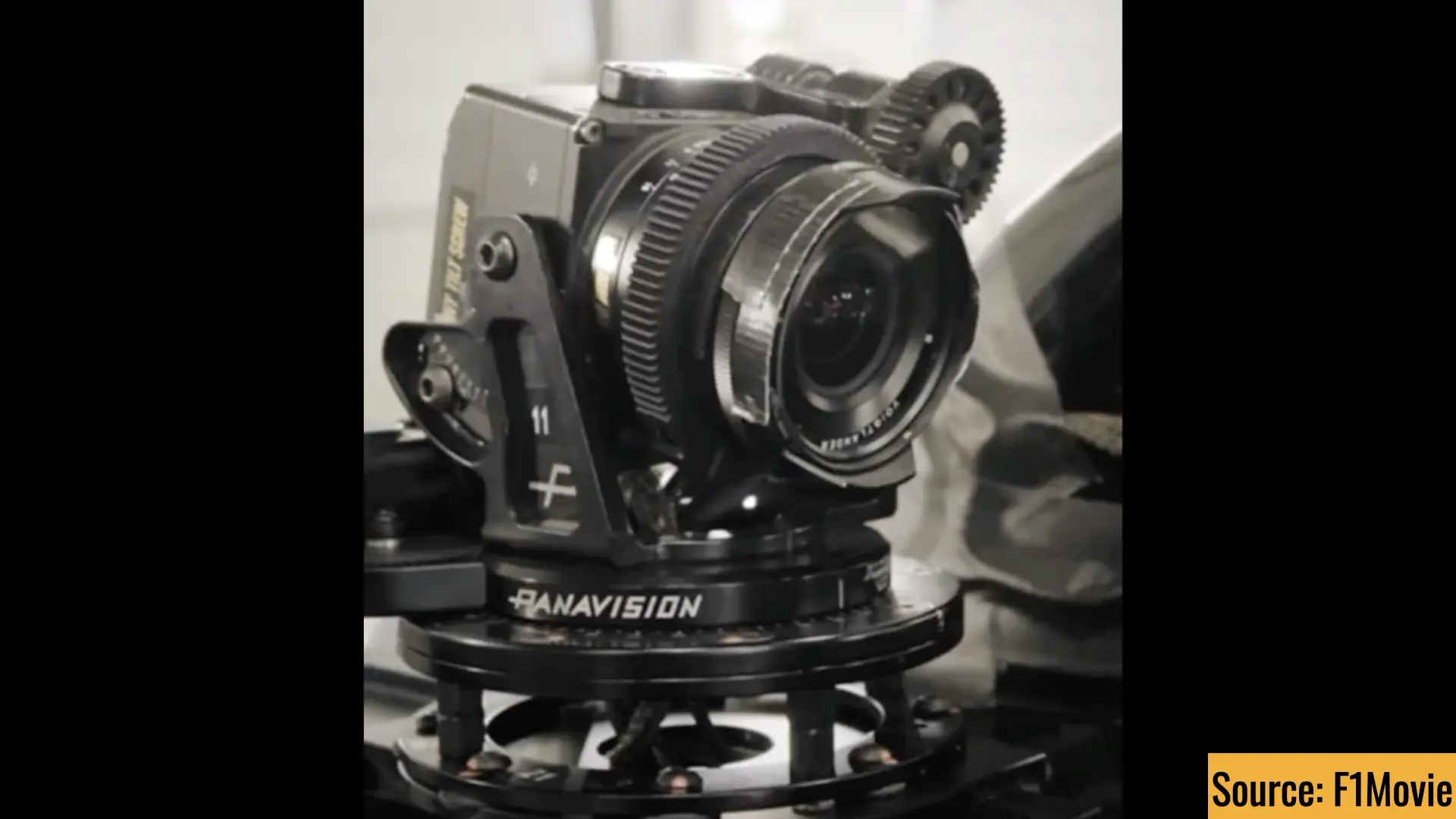
Final Thoughts: A Case Study in Modern Action Cinematography
This newly released BTS video serves as a valuable case study for filmmakers and cinematography enthusiasts interested in how modern tools are being developed and deployed in extreme production environments. The previously unknown Sony 6K action cinema camera—now seen clearly in multiple configurations—demonstrates the increasing demand for compact, high-resolution cameras that can operate in challenging physical conditions without compromising image quality. What’s especially notable is the collaborative approach between Sony and the filmmakers. Rather than adapting off-the-shelf gear, they engineered a custom solution that integrates seamlessly into the physical constraints of an F1 car cockpit, while still meeting the creative demands of a theatrical release—especially one aimed at IMAX audiences. This example illustrates a broader trend in filmmaking: the fusion of specialized hardware and cinematic storytelling needs. As filmmakers continue to push for more immersive and practical techniques, we’re likely to see even more innovation at the intersection of camera design, form factor, and performance. The F1 movie’s production methods provide insight into the evolving landscape of digital cinematography—where mobility, resolution, and adaptability are as critical as traditional image quality. This BTS video gives us a rare look at how those ideas are realized on a high-profile set.





